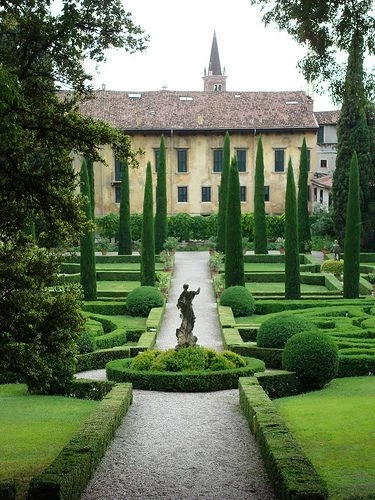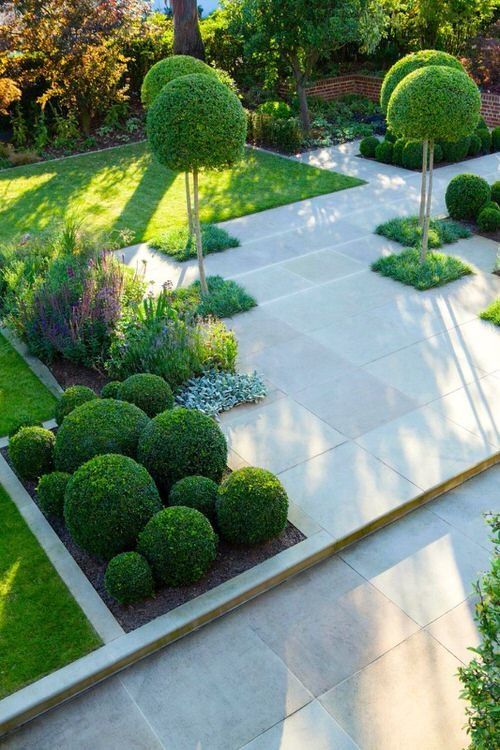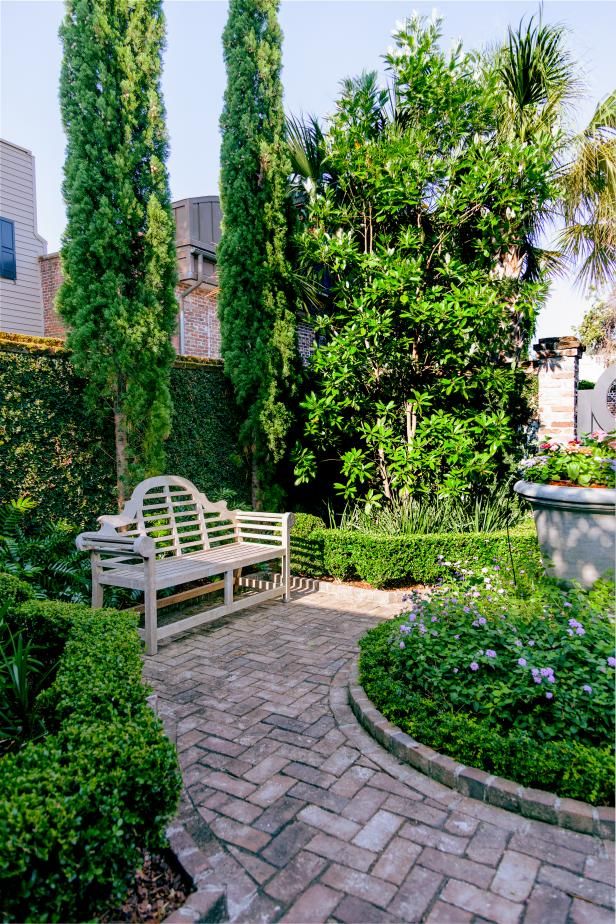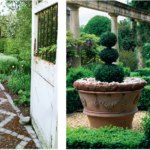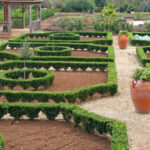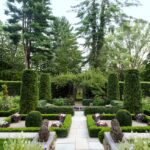Formal garden design is a style that has been popular throughout history due to its symmetrical layouts, precise geometric shapes, and elegant appearance. Rooted in classical and Renaissance garden designs, formal gardens are known for their carefully planned structures and meticulous attention to detail. These gardens serve as a testament to the beauty and artistry that can be achieved through landscaping.
One of the defining features of formal garden design is the use of straight lines and right angles, creating a sense of order and symmetry. Paths, hedges, and flower beds are often laid out in precise patterns, creating a sense of harmony and balance. These geometric elements help to define the space and guide the eye through the garden, creating a sense of unity and coherence.
Another characteristic of formal garden design is the use of formal plantings, such as clipped hedges, topiaries, and neatly trimmed shrubs. These plants are often arranged in rows or patterns, adding to the overall sense of structure and formality. Flowers are often planted in symmetrical beds or patterns, creating a cohesive and polished look.
Water features are also commonly found in formal garden designs, adding an element of tranquility and elegance. Fountains, pools, and reflecting ponds are often used to enhance the beauty of the garden and provide a focal point for the space. These features not only add visual interest but also provide a sense of movement and sound, creating a sensory experience for visitors.
Formal gardens are often designed to be viewed from a specific vantage point, such as a window or balcony, allowing the viewer to appreciate the garden in its entirety. This perspective highlights the carefully planned layouts and intricate details of the garden, creating a sense of awe and wonder. Formal garden design is often used in large estates, public parks, and historic properties, where the formal layout and grandeur of the design can be fully appreciated.
Overall, formal garden design is a testament to the beauty and artistry that can be achieved through careful planning and meticulous attention to detail. By incorporating symmetrical layouts, geometric shapes, formal plantings, and water features, formal gardens create a sense of order and harmony that is both timeless and elegant. Whether in a grand estate or a small backyard, formal garden design can transform any space into a place of beauty and serenity.
 yishifashion Where Outdoor Dreams Become Reality
yishifashion Where Outdoor Dreams Become Reality
